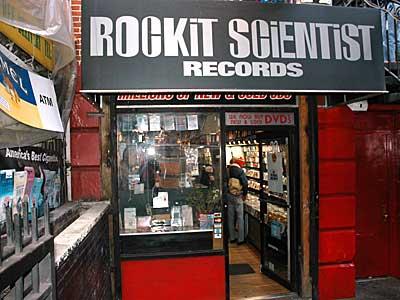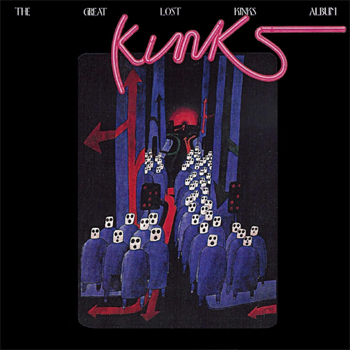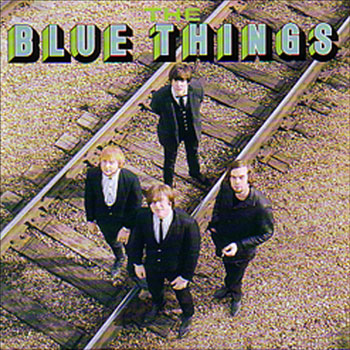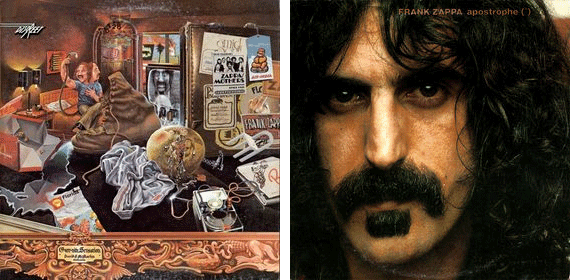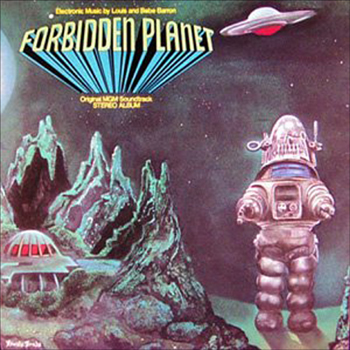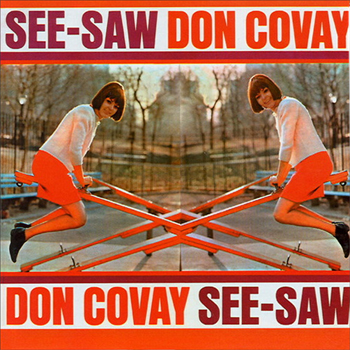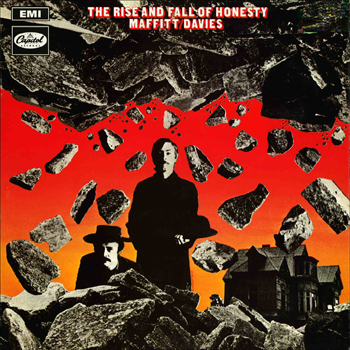Off Track | 36 Chambers
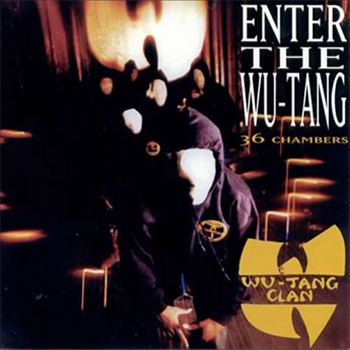
This is a masterpiece, but really not too far off track here. The spirit behind this self-made debut is in sync with some of these obscure garage records. Instead of a guitar and amp set from Sears and a thrift shop drum kit, Wu Tang scrapped it together with an Ensoniq EPS, SP-1200, and a crate full of seriously good records. RZA stands next to Brian Wilson on my hero wall. This is off track so I’ll keep my mouth shut.
“Bring Da Ruckus”
